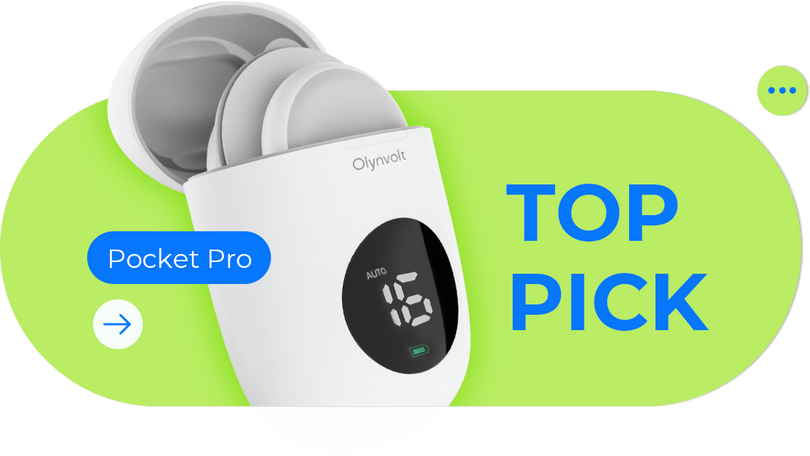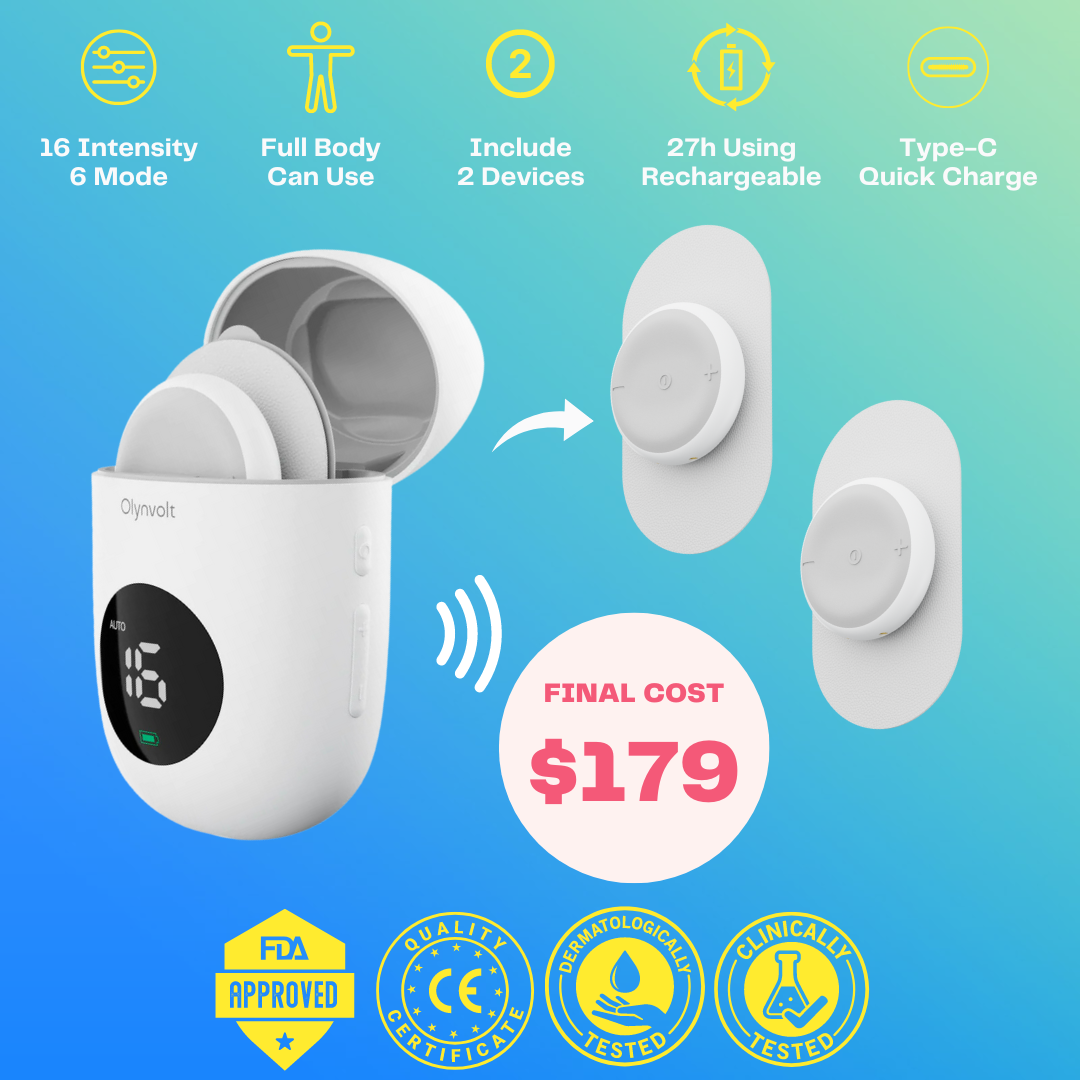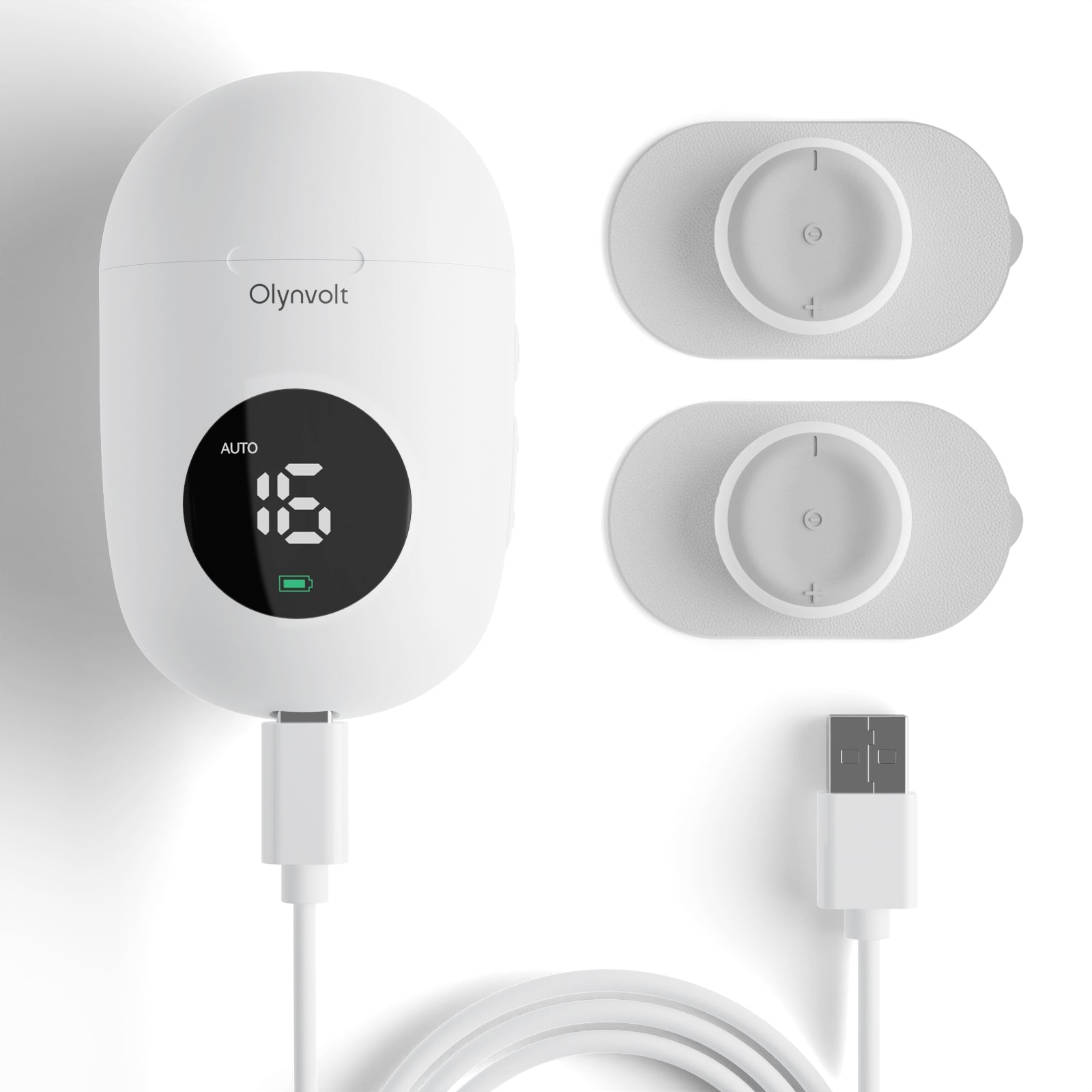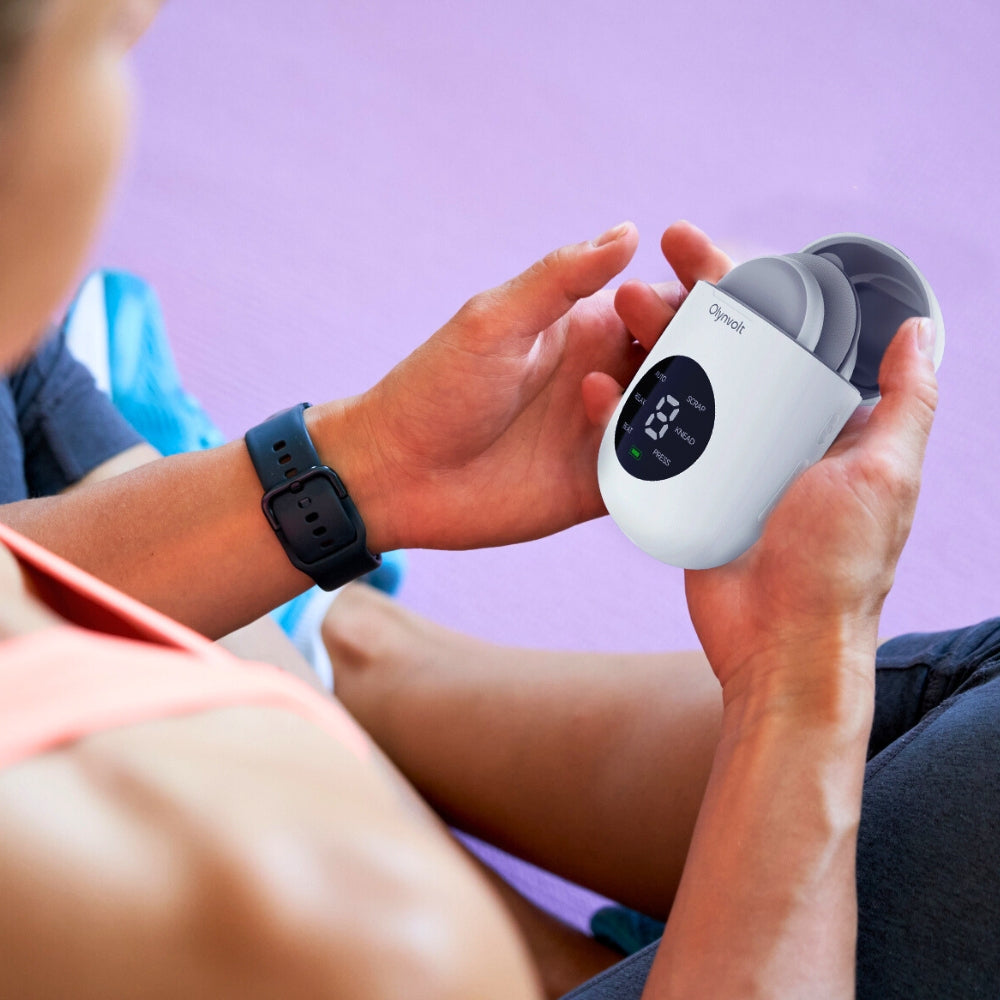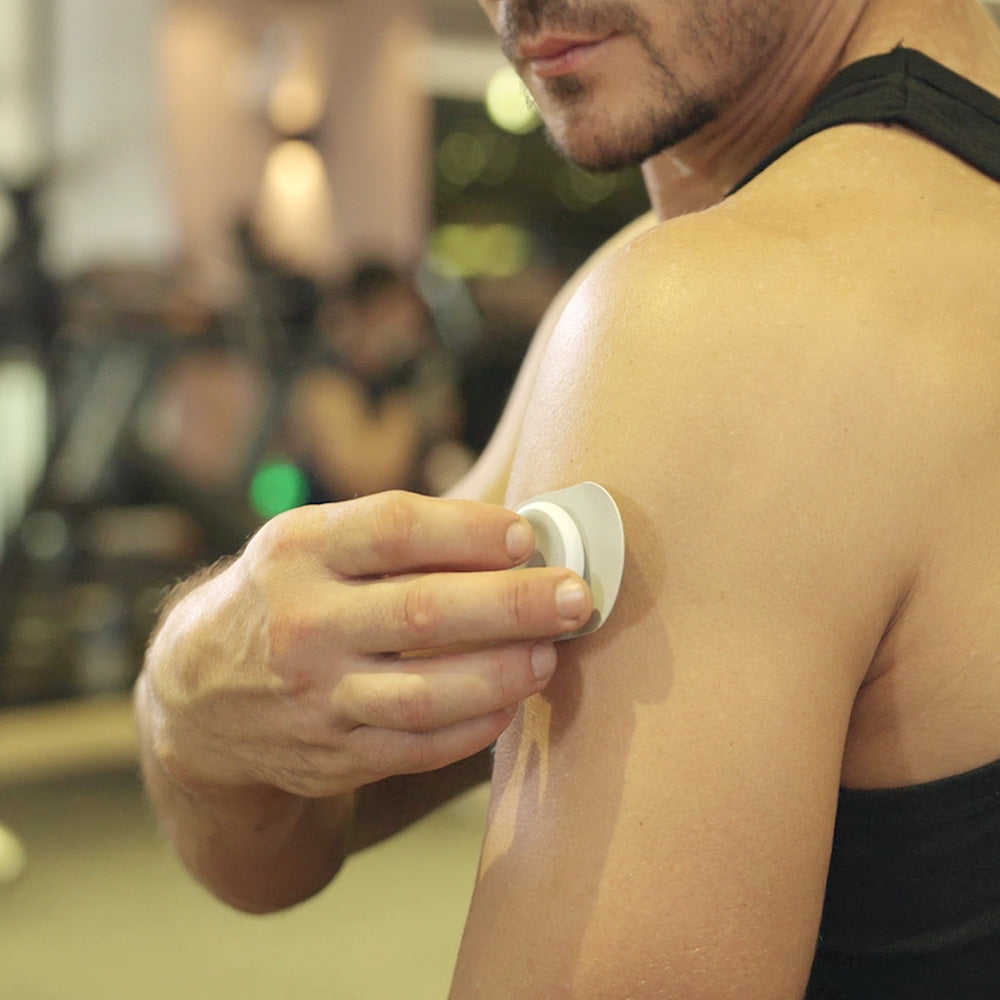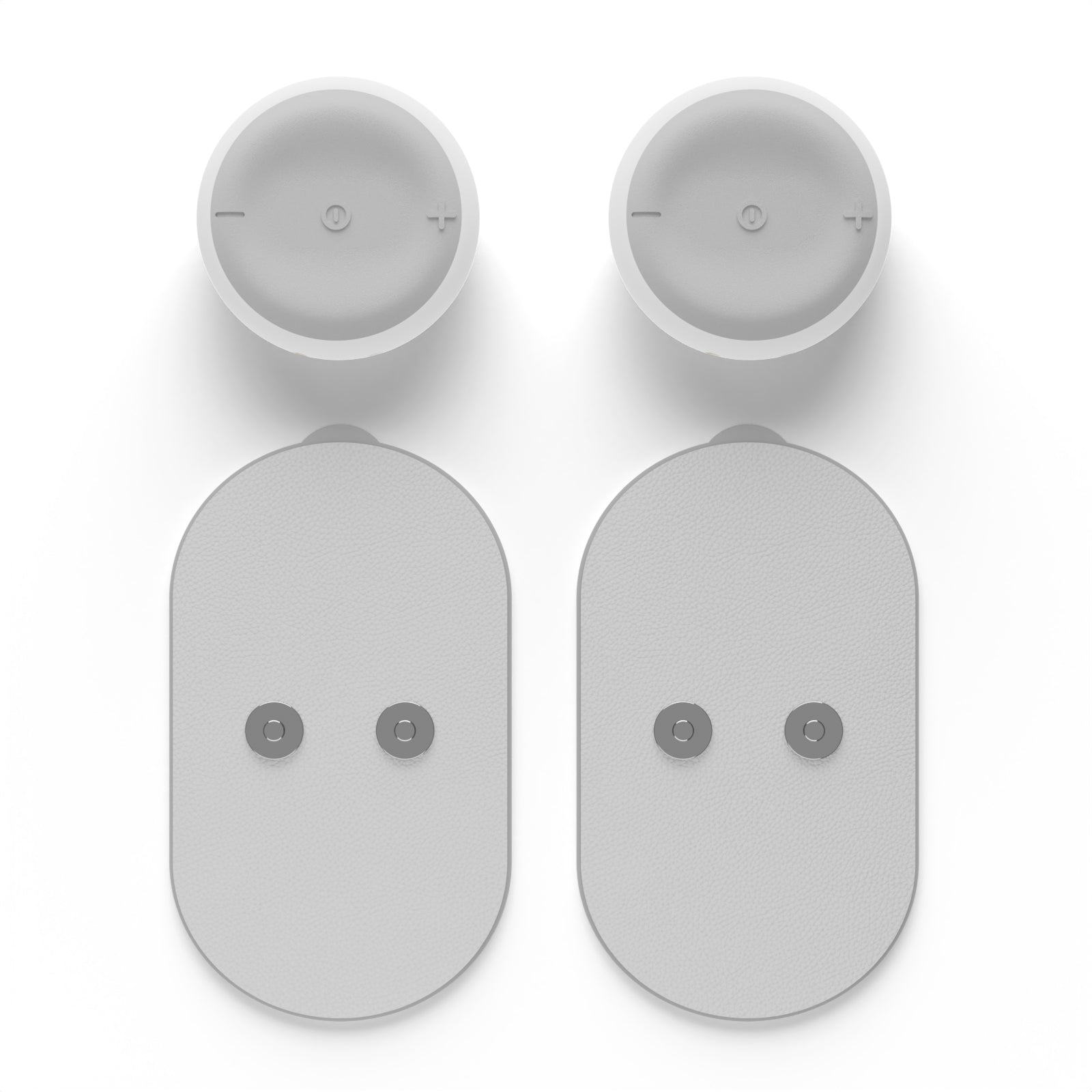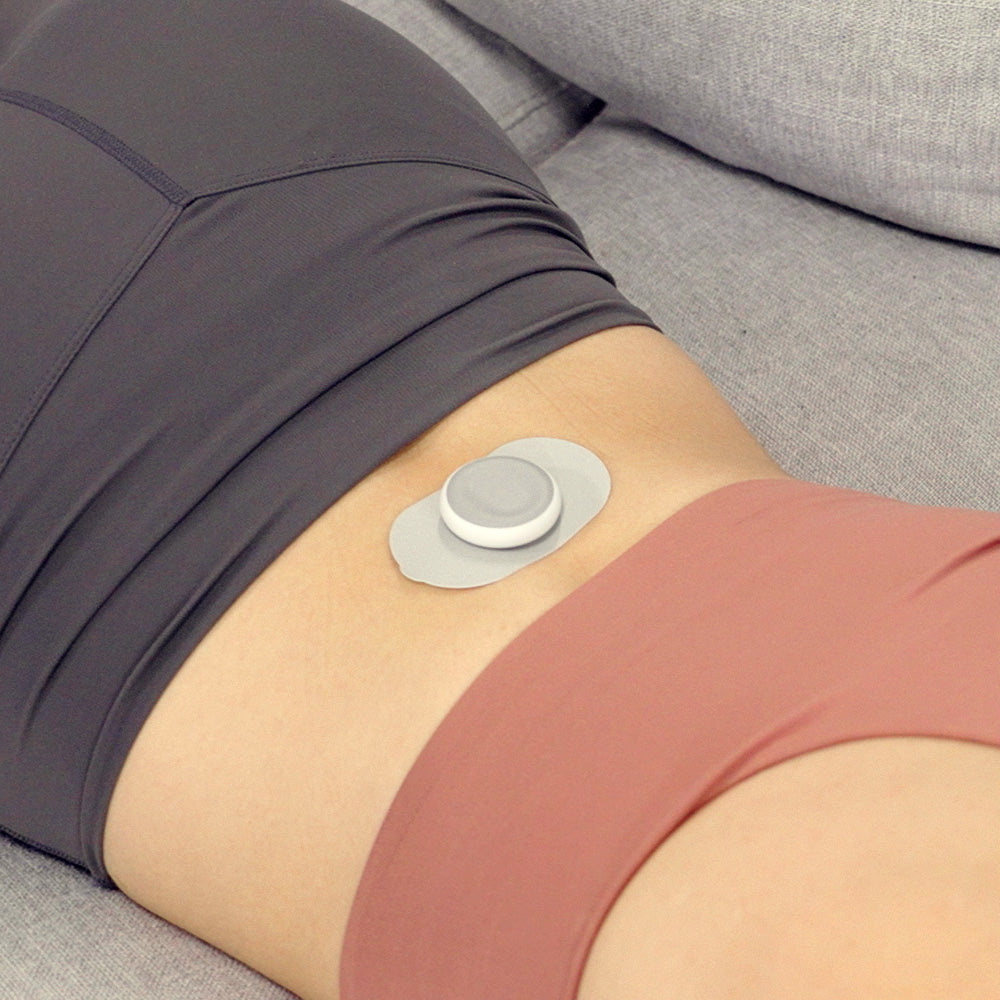In the realm of pain management, Transcutaneous Electrical Nerve Stimulation (TENS) units have emerged as a popular modality for alleviating discomfort and enhancing patient well-being. However, as with any medical intervention, it's crucial to conduct a thorough safety evaluation to safeguard patients' health and optimize treatment outcomes. Let's delve into the comprehensive safety assessment of TENS units:
-
Electrical Safety Standards: First and foremost, TENS units must adhere to stringent electrical safety standards and regulations. This ensures that the devices are insulated, grounded, and free from defects that could pose electrical hazards to patients. It's imperative to procure TENS units from reputable manufacturers that prioritize compliance with established safety protocols.
-
Skin Sensitivity Considerations: Skin irritation and sensitization are potential concerns associated with TENS therapy. Prior to application, healthcare professionals should assess patients' skin condition to identify any pre-existing dermatological issues or sensitivities. Additionally, proper skin preparation, such as cleansing and drying, can help minimize the risk of adverse skin reactions to electrode pads.
-
Monitoring Adverse Effects: Vigilant monitoring of patients during TENS therapy sessions is essential to promptly identify and address adverse effects. Patients may experience temporary discomfort, tingling sensations, or muscle twitching during stimulation. By closely monitoring patient responses and adjusting stimulation parameters as needed, healthcare providers can ensure tolerability and safety throughout the treatment process.
-
Identification of Contraindications: Contraindications to TENS therapy must be meticulously evaluated based on patients' medical history and individual circumstances. TENS treatment may be contraindicated in individuals with certain medical implants (e.g., pacemakers), cardiac conditions, epilepsy, or pregnancy. Conducting a comprehensive risk assessment and consulting with healthcare professionals are imperative steps in determining the suitability of TENS therapy for each patient.
-
Optimal Stimulation Parameters: Customizing stimulation parameters, including pulse frequency, pulse width, and intensity levels, is essential to minimize the risk of adverse effects while maximizing therapeutic efficacy. Gradually titrating stimulation intensity and carefully selecting appropriate settings based on patient response are key strategies for optimizing treatment outcomes and ensuring patient safety.
Conclusion: In conclusion, TENS unit safety evaluation is paramount to mitigate potential risks and ensure the safe and effective implementation of electrotherapy in pain management protocols. By adhering to established safety guidelines, closely monitoring patient responses, and individualizing treatment plans, healthcare professionals can uphold patient safety while harnessing the therapeutic benefits of TENS therapy. Additionally, integrating innovative solutions such as the Pocket Pro TENS unit can further enhance patient convenience and treatment accessibility, contributing to a comprehensive approach to pain management.

